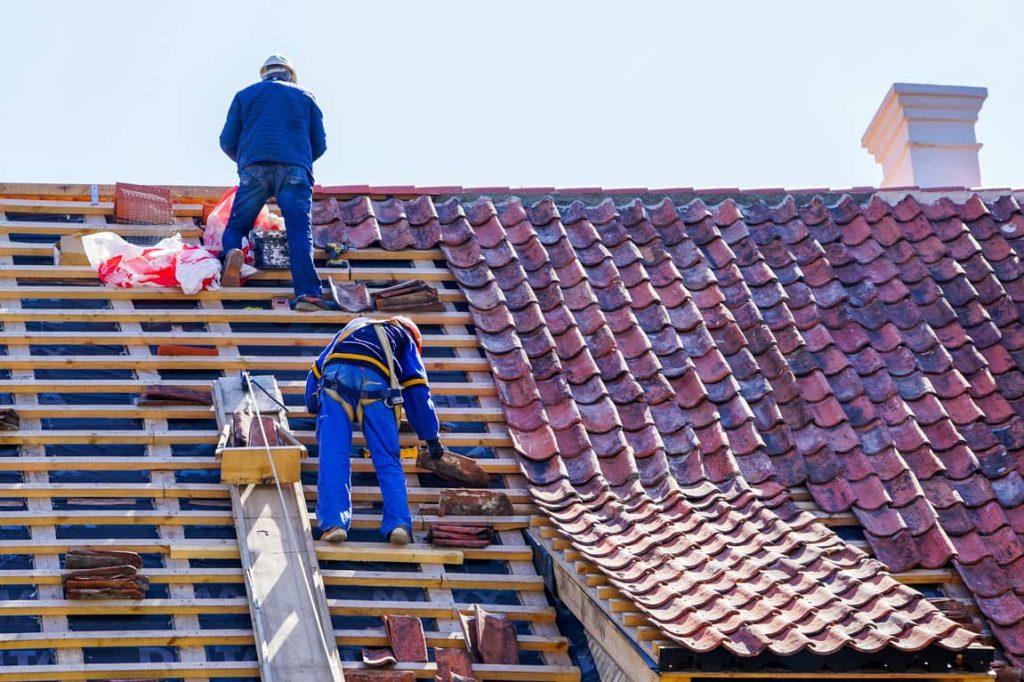Understanding when to replace your roof is essential for maintaining your home’s structural integrity and value. This article explores expert recommendations, factors influencing roof longevity, and signs indicating it’s time for a replacement.

Factors Influencing Roof Longevity
Several factors affect how long a roof lasts:
- Material Type: Different roofing materials have varying lifespans.
- Climate: Harsh weather conditions can accelerate roof wear.
- Maintenance: Regular upkeep can extend roof life.
- Installation Quality: Proper installation impacts durability.
How Often Should You Replace The Roof?
Asphalt Shingles
- Typical Lifespan: 15-30 years depending on quality and maintenance.
- Signs of Replacement: Curling, missing shingles, or leaks indicate aging.
Metal Roofing
- Lifespan: 50+ years with proper maintenance.
- Replacement Signs: Rust spots, dents, or paint peeling may signal the need.
Read too: Decoding Timelines: How Long Does It Take To Replace A Roof and What to Expect
Tile or Slate Roofing
- Longevity: 50-100 years or more, but repairs may be needed sooner.
- Indicators: Cracked tiles or loose slates suggest potential replacement.
Signs It’s Time to Replace Your Roof
Identify these signs to determine if replacement is necessary:
- Leaks: Water stains on ceilings or walls indicate roof failure.
- Age: Roof nearing the end of its expected lifespan.
- Shingle Condition: Curling, buckling, or missing shingles.
- Energy Bills: Increased heating or cooling costs due to poor insulation.
Benefits of Timely Roof Replacement
Enhanced Property Value
- Curb Appeal: A new roof boosts home appearance and marketability.
- Insurance Benefits: Updated roofs may qualify for lower insurance premiums.
Improved Safety and Protection
- Structural Integrity: Prevents potential interior damage from leaks.
- Weather Resistance: Newer materials provide better protection against storms.
Maintenance Tips to Prolong Roof Lifespan
- Regular Inspections: Check roof condition annually or after severe weather.
- Gutter Maintenance: Clean gutters and downspouts to prevent water buildup.
- Trim Trees: Keep branches trimmed to avoid damage during storms.
Conclusion
Knowing how often to replace your roof ensures your home remains secure and maintains its value over time. By understanding the lifespan of different roofing materials and recognizing signs of wear, homeowners can make informed decisions that benefit their property and family.



Leave a Reply